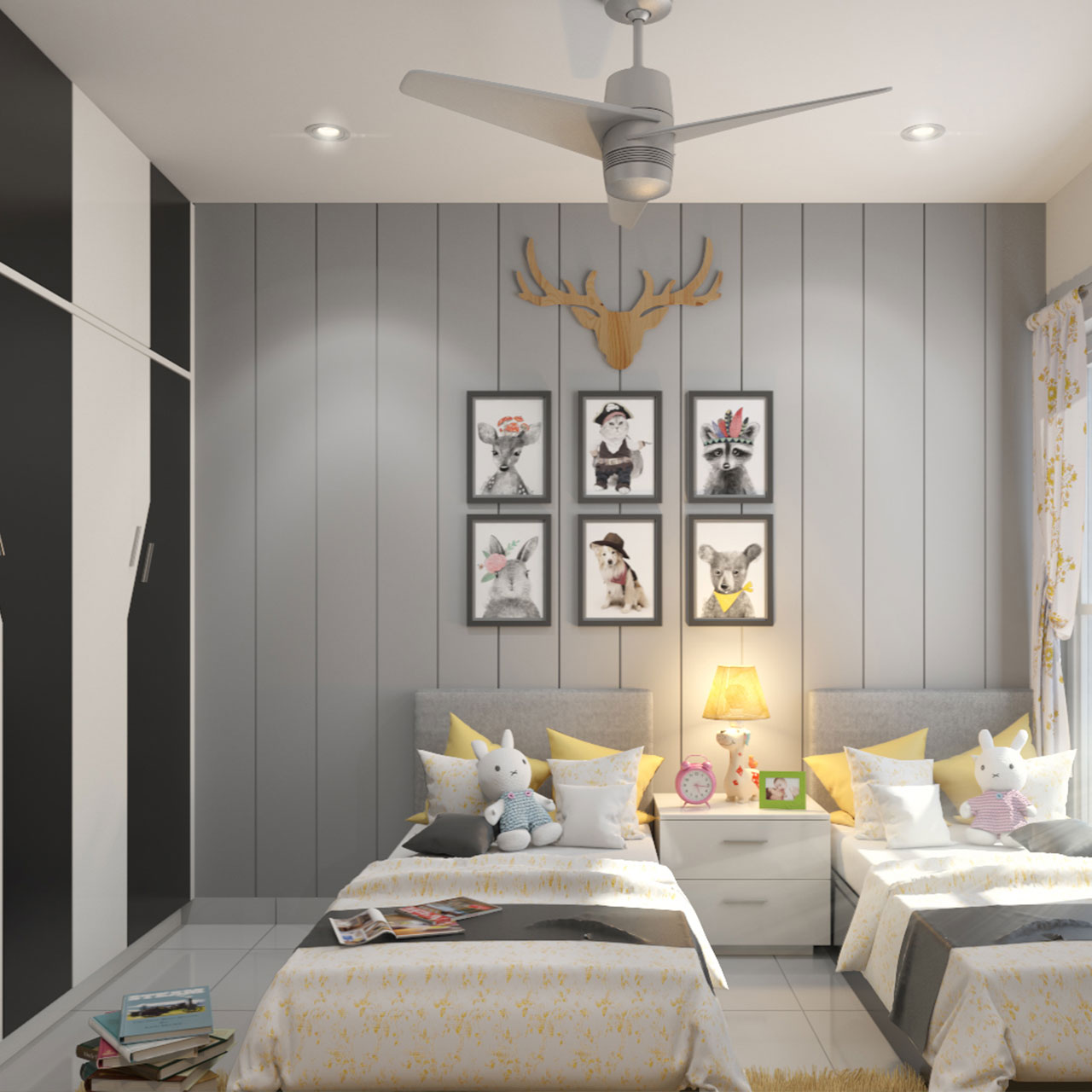
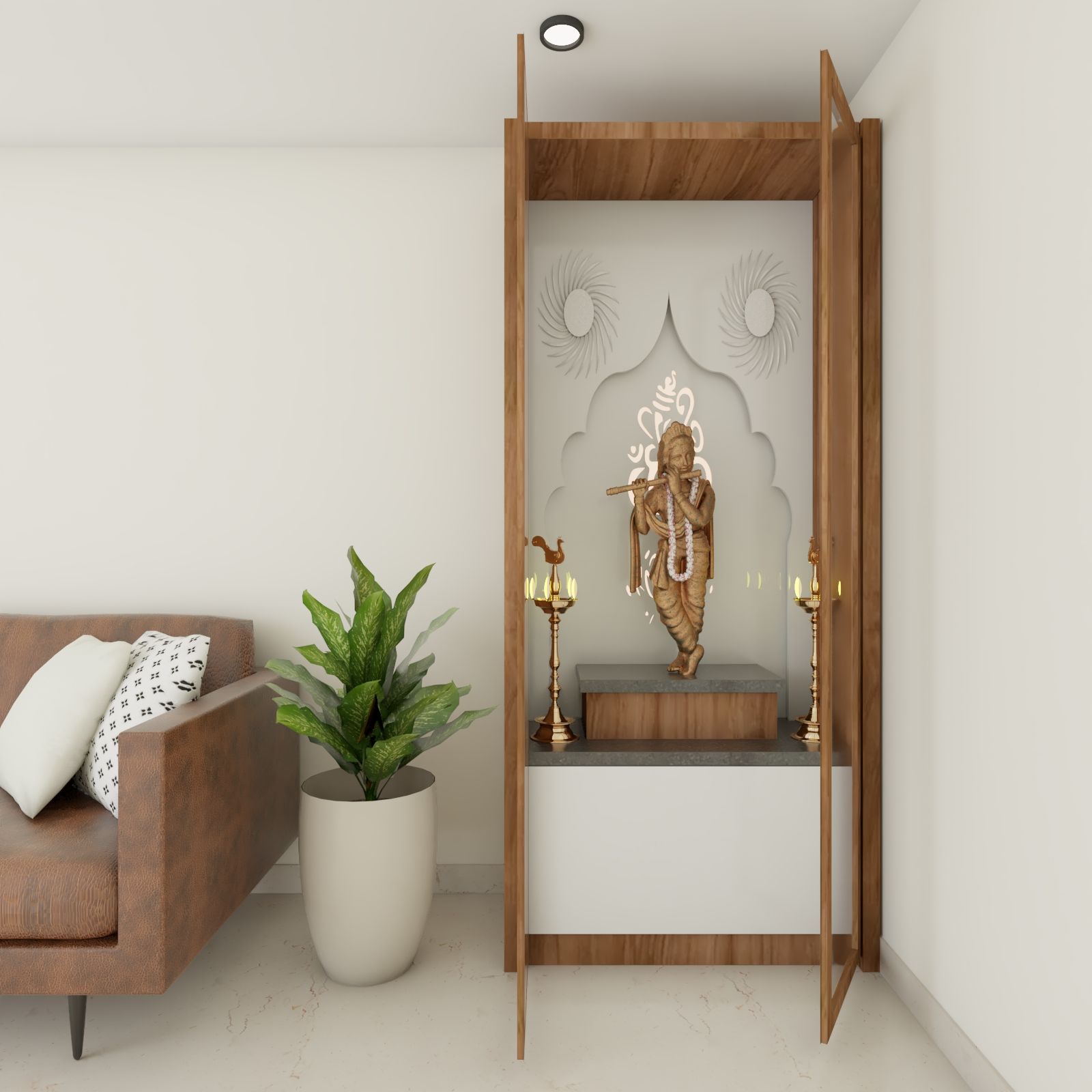


Furniture Fiesta Life & Culture
LIFE AND CULTURE SHOPPING TRENDS HOME TOURS DESIGN DECORATING
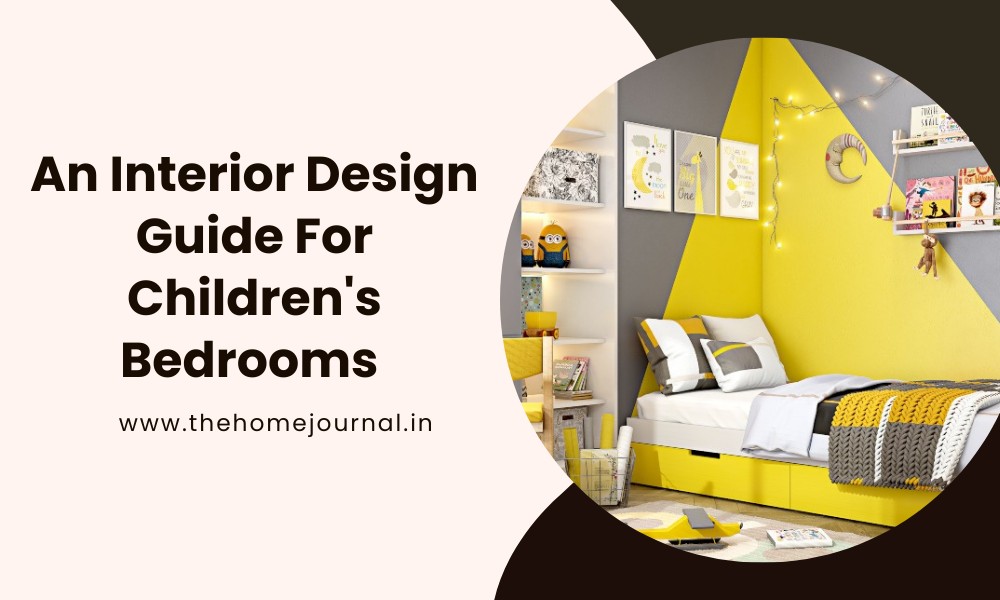
Designing a child's bedroom involves balancing fun and functionality. Start with a vibrant color scheme or a favorite theme to make the space inviting.
The kids' bedroom cannot have the same style and aesthetic as the rest of the house. Kids bedroom designs require a different approach than most other rooms, where utility and aesthetics are paramount. You should think about how to create a kid's bedroom that is unique from the rest of the house in addition to the microdynamics of this area.
And it's acceptable to be unsure of where to begin with the design. Which comes first: deciding what furniture to bring in or the room's colour? Will a neutral wall paint or wallpaper look better? Will you be able to maintain order, or do you think the bedroom will always be chaotic? Trying to figure out how to incorporate all of these elements into the most colourful space in your house might be overwhelming. With our advice on creating the ideal interior design for a kid's bedroom, we hope to simplify the process for you.
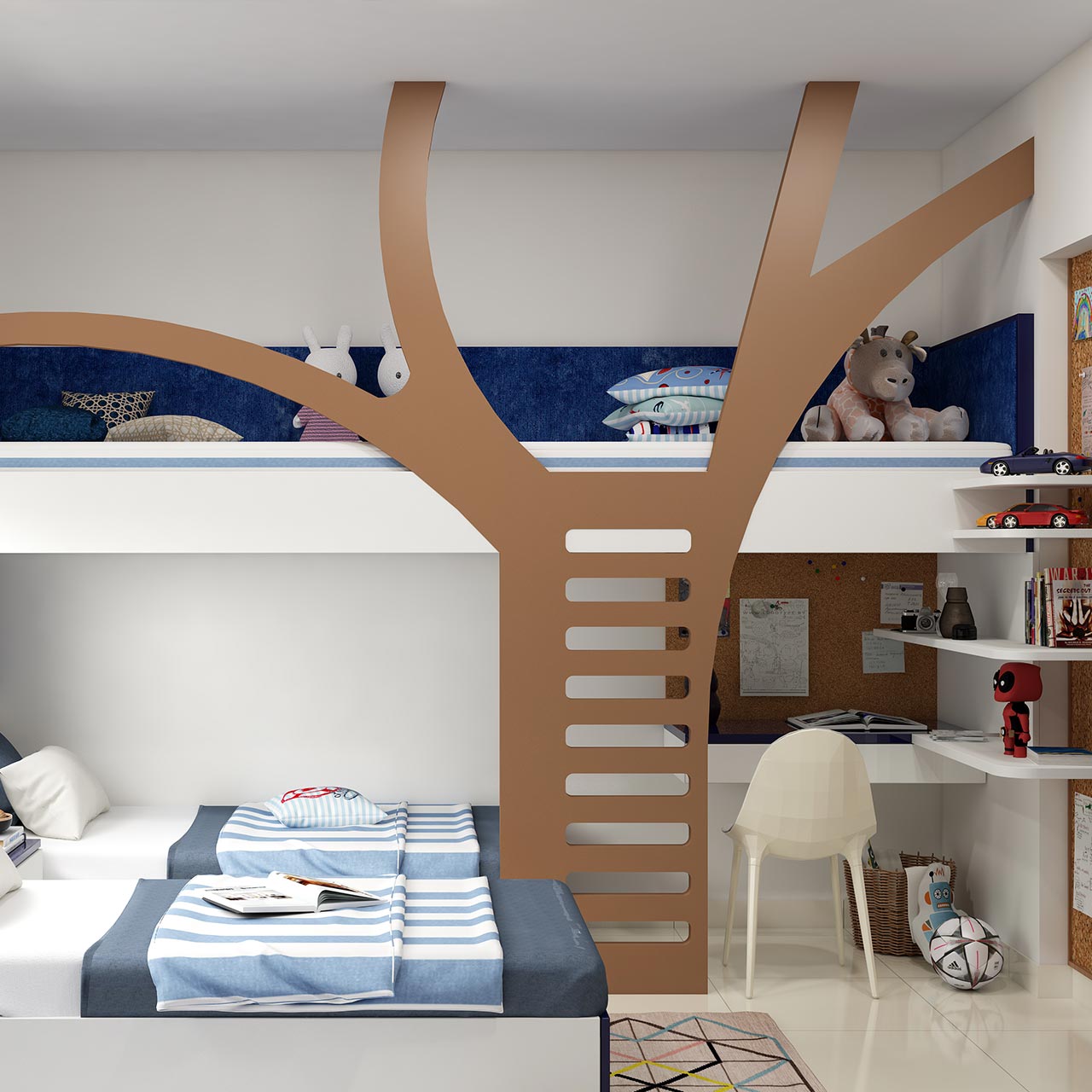
Most children's bedrooms are used for both sleeping and play. In their rooms, they study, play, engage in activities, and even visit with their younger pals. It's a good idea to plan their bedrooms so that the aesthetic endures for a few of their formative years. Make sure their homework has its own seats and tables, and keep the carpeted play area apart. Orient bed frames so that they don't get in the way of their activities. Creating a children's room with multipurpose interior design bedrooms not just throws not only opens up a plethora of options but also encourages you to be more creative in the furniture you choose to employ.
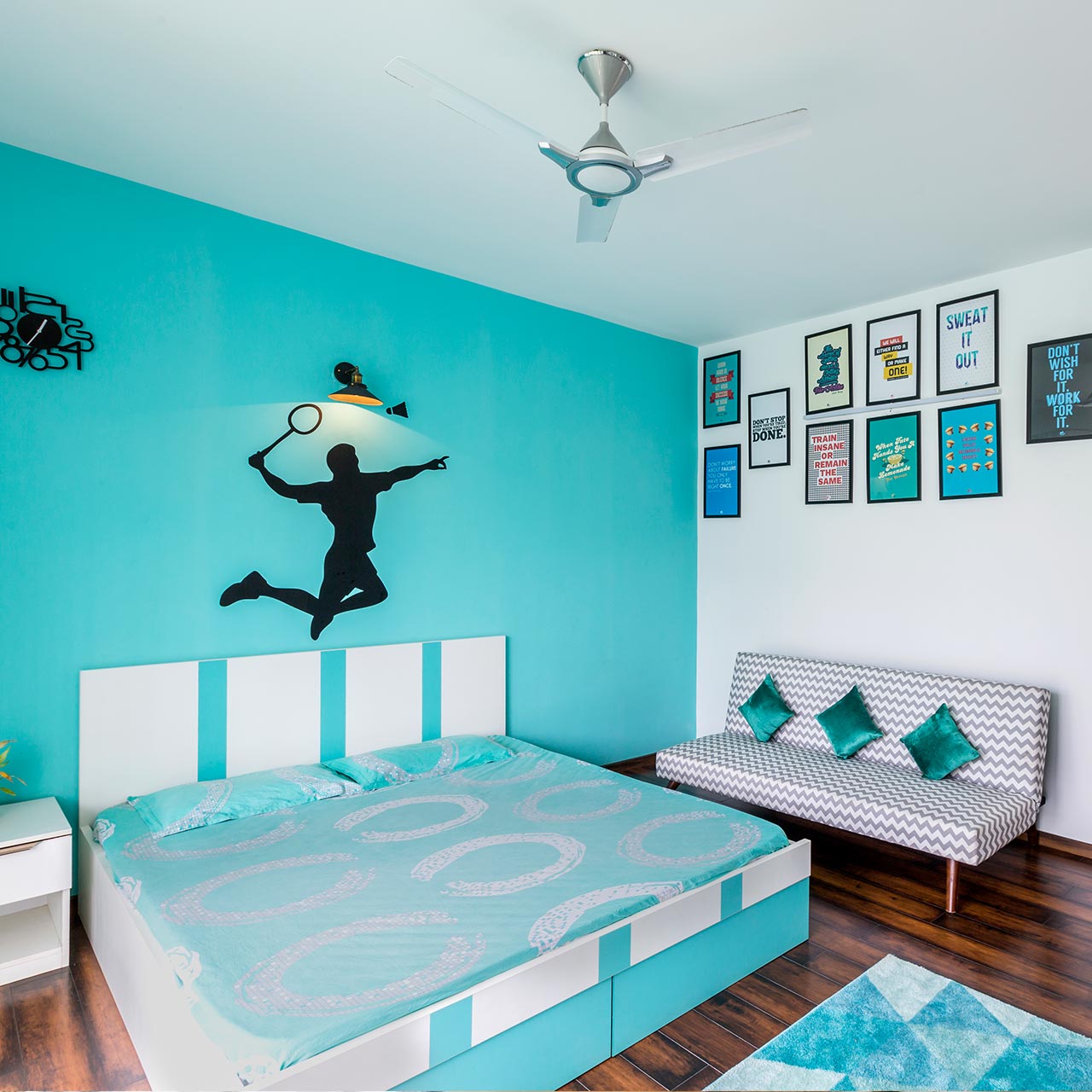
No matter how much space you allocate for storage in your children's bedroom, it will still be insufficient. Therefore, the key to achieving it is to design built-in storage that can be hidden beneath vibrant colours, mouthwatering rugs, and amusing drapes rather than large, bothersome cupboards and drawers. Toy segregator boxes, open shelves for books or plush toys, piled storage against the wall, and furniture that serves as both a play area and an artistic medium are all great features for children's bedroom interior ideas. Kids can stroll over any furniture and write on it or draw on it. Thus, anything that is portable and open and not overly costly or heavy would be ideal for them.
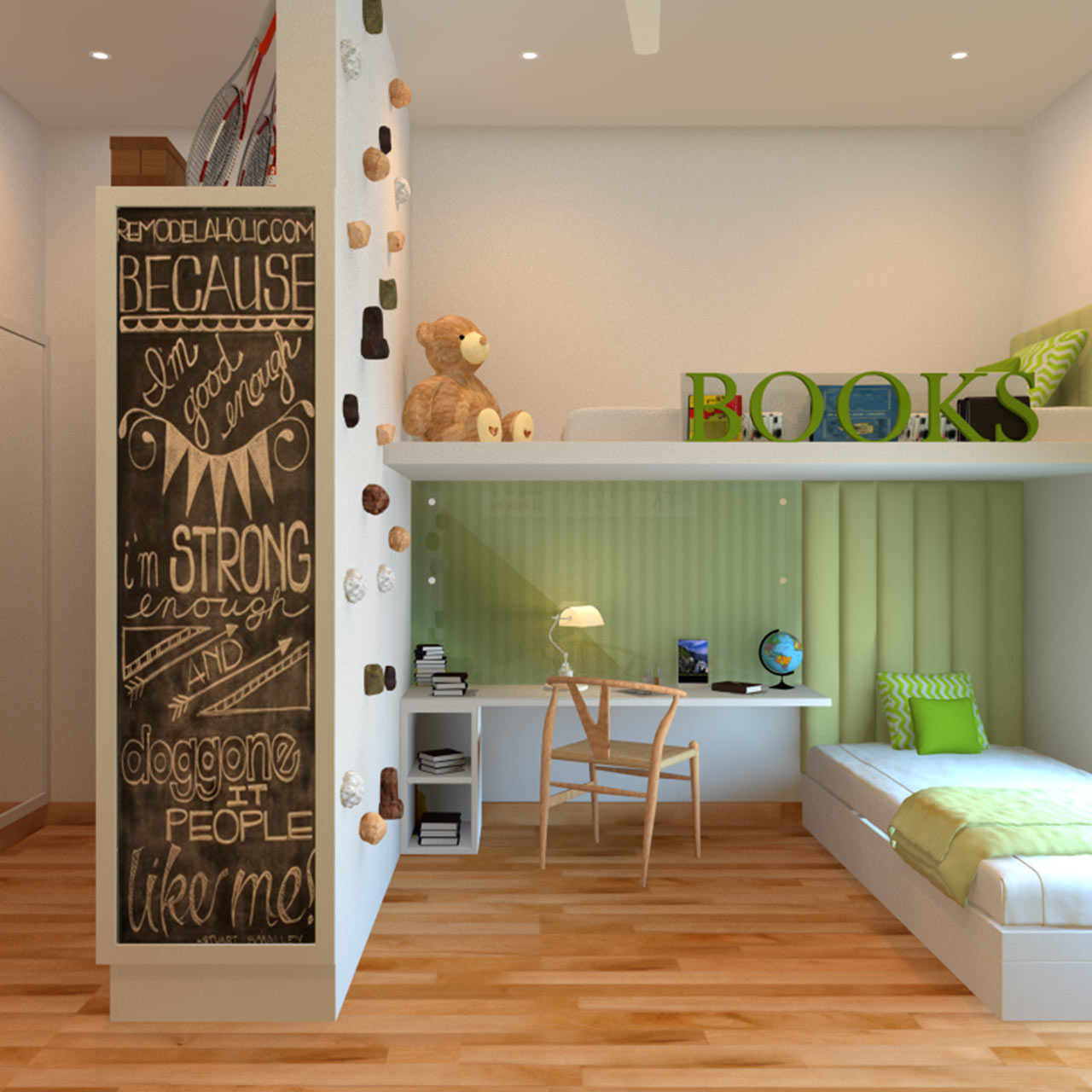
Although kids enjoy to be dispersed across the room with their toys, they concentrate better in places created especially for those kinds of jobs. They will be occupied for hours if you create a tiny kitchenette with fake cutlery and utensils, create wall recesses where they can climb, and construct temporary lofts that resemble climbing trees. They also have a stunning appearance! Not convinced? Check out some popular photos of kids' rooms online! As they get older, these may be readily disassembled and don't take any planning.
Even though it could be tempting to paint vibrant streaks of colour on kids' bedroom walls, it's best to wait until they're much older to make this decision. As they become older, their likes and dislikes get more specific, which will assist you in making better judgements. For children's bedrooms, white, pastels, and other neutral hues are preferable when the kids are tiny. These can be replaced with lively rugs and carpets, colourful, unusual furniture, and bright drapes. Youngsters also commonly write and draw on walls, and neutral walls are simpler to paint over.
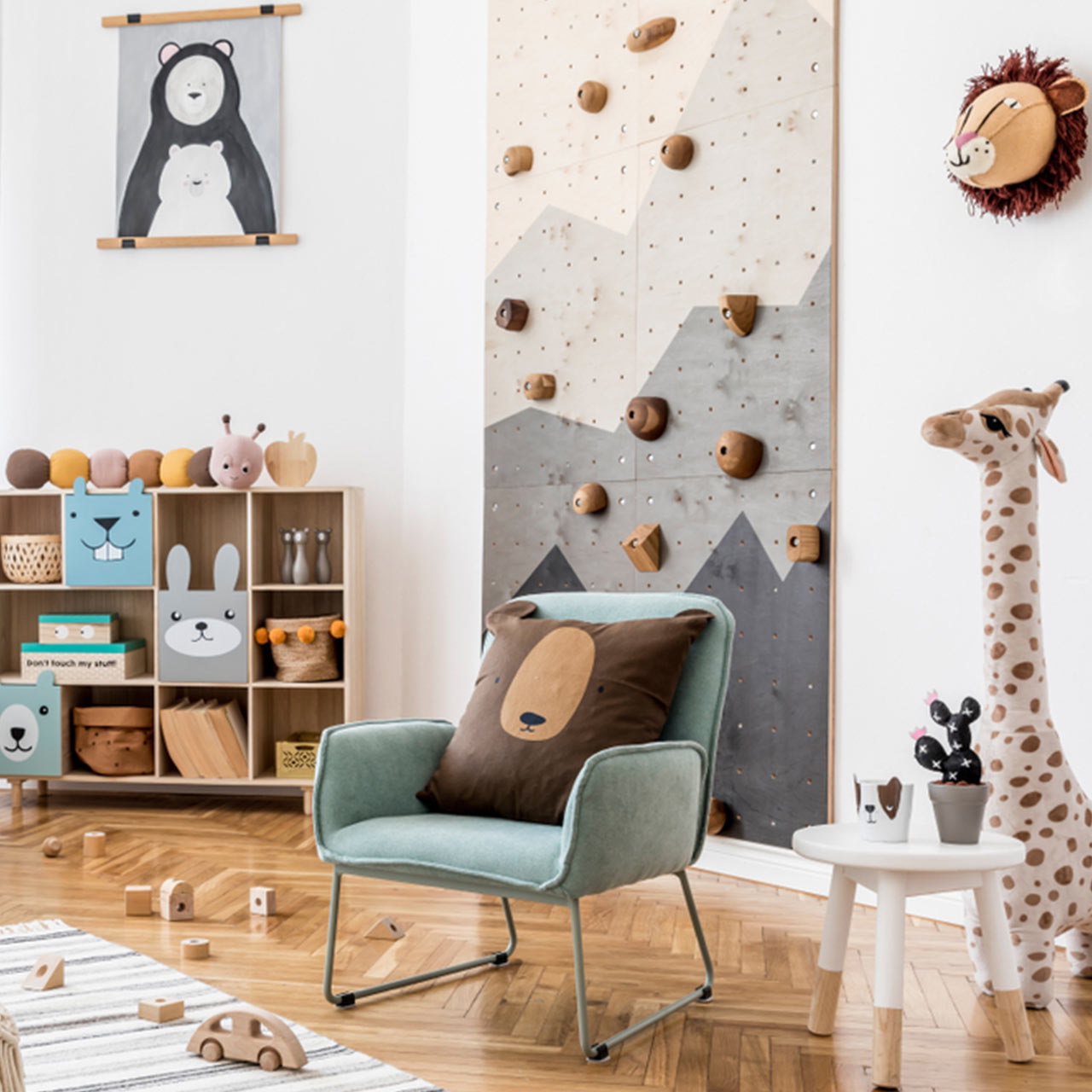
A children's bedroom has simple furnishings and neutral walls that resemble a blank canvas. Utilise them to showcase their crafts, paintings, and other artwork. This project is a great way to add personality and brightness to any environment. Children's art cannot be categorised or boxed. It is their perception of the world, and these can eventually be gathered for future generations as well.
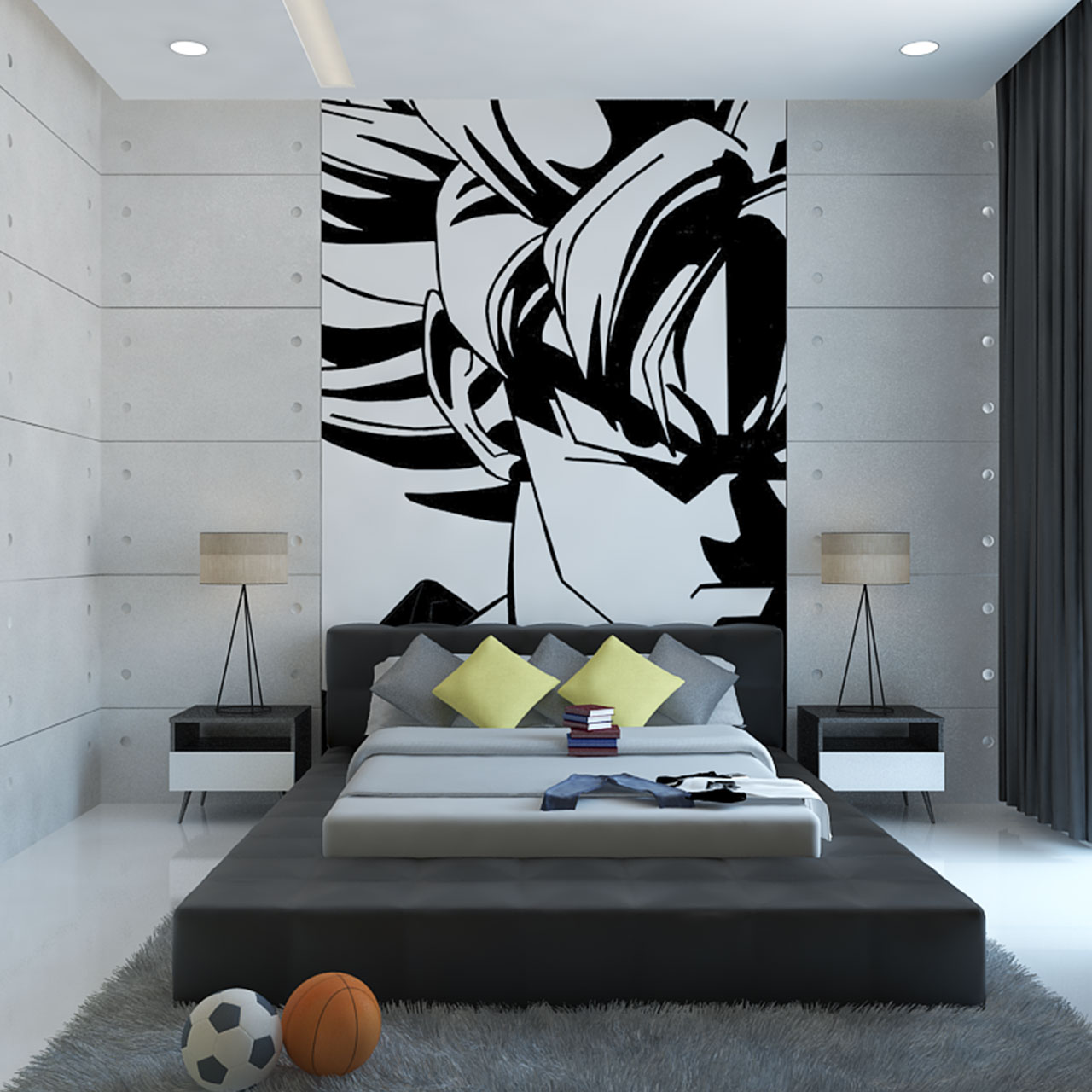
Subtle influences teach children more than explicit instruction. You can do a lot to incorporate learning into a child's bedroom, which can serve as their first learning environment. The possibilities are endless: they can make enormous wall maps that students can spend hours studying; they can make animal origami figures to decorate their desks; they can decorate walls with different species of butterflies; they can make furnishings of various materials, colours, and textures. Observe how your youngster will remember this for the rest of their lives if you turn their bedroom into a makeshift school.
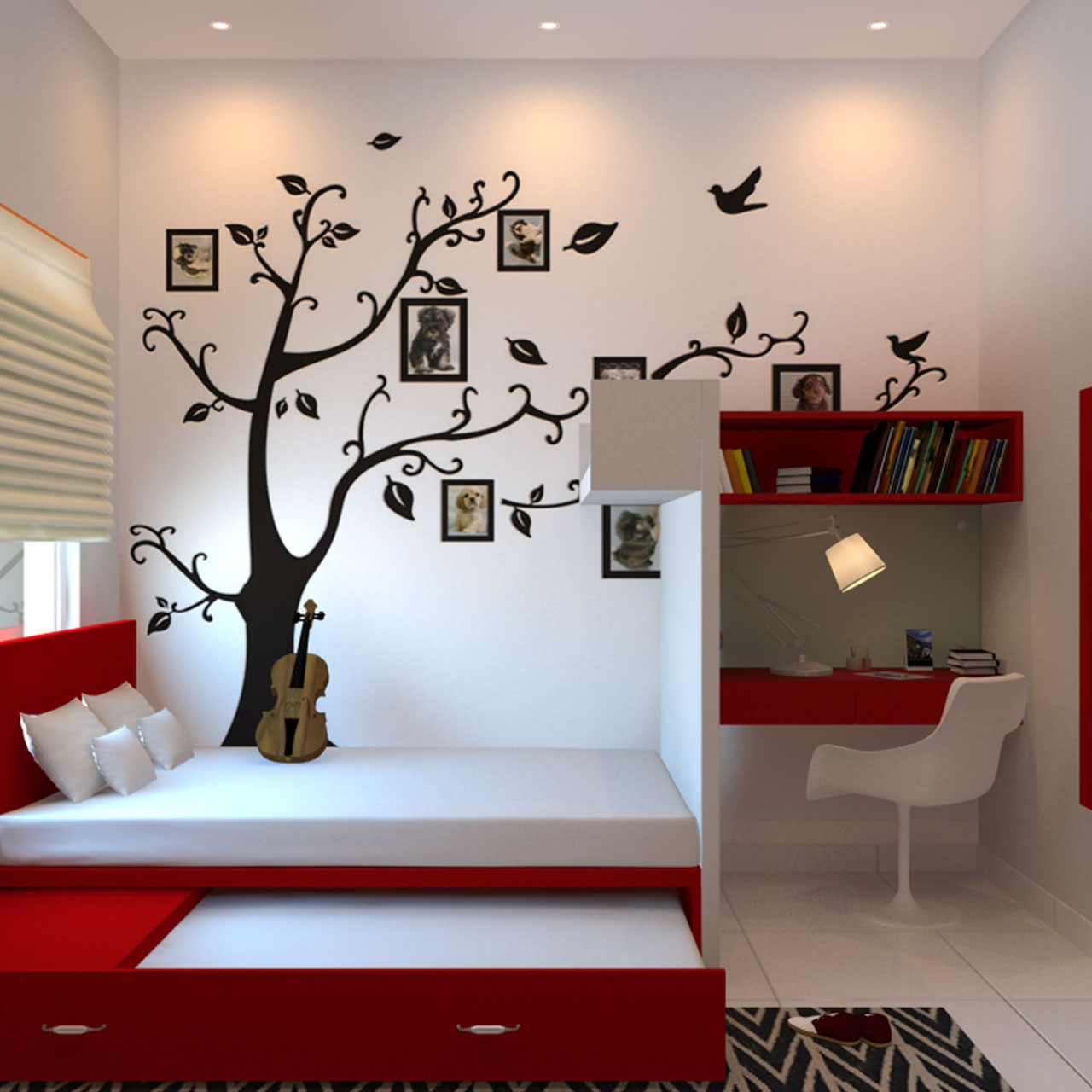
Young children have a lot of passions, and they frequently live and breathe their passions. An artist is determined to fill his little bedroom with drawings, but a football enthusiast will take the game with her wherever she goes. Youngsters can include their passions into their rooms since they are natural creators. A devoted small car fan can sleep on a bed shaped like a car, while a sports enthusiast can have his walls and ceilings decorated like a badminton court. These kids have so many passions, which they may flaunt on their walls.
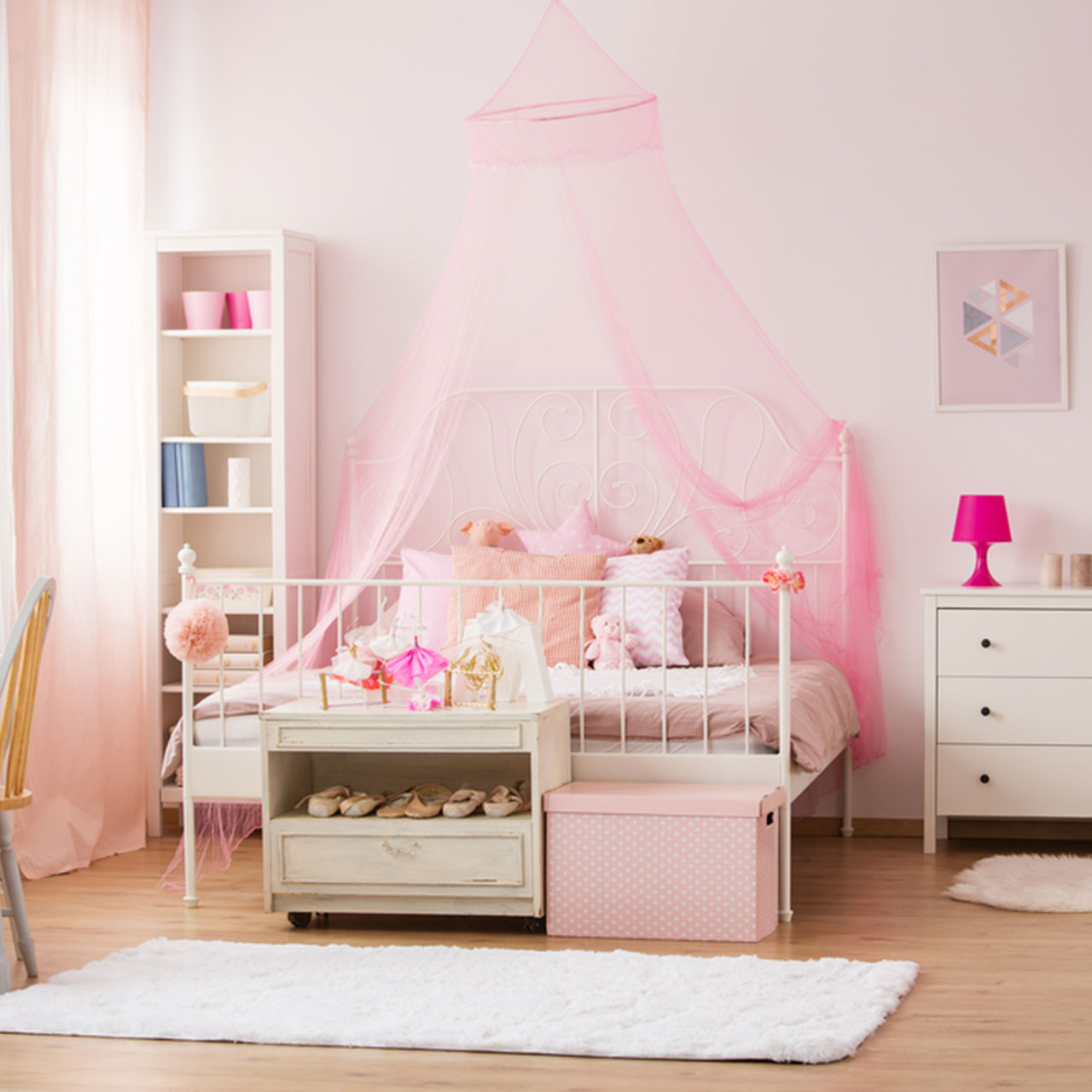
There is a lot of activity in a child's bedroom, from playdates to lengthy, grumpy homework sessions, from goodnight reading to floor tumbles. Their various needs are met by several tiered lights without appearing overbearing. There are countless options available for them, including focused job lights like table lamps, softer lighting for more laid-back activities, sparkling lights for the stars, and brighter ones for when youngsters come over. When planning a child's bedroom, it is important to keep in mind that they need all the space in a typical home.
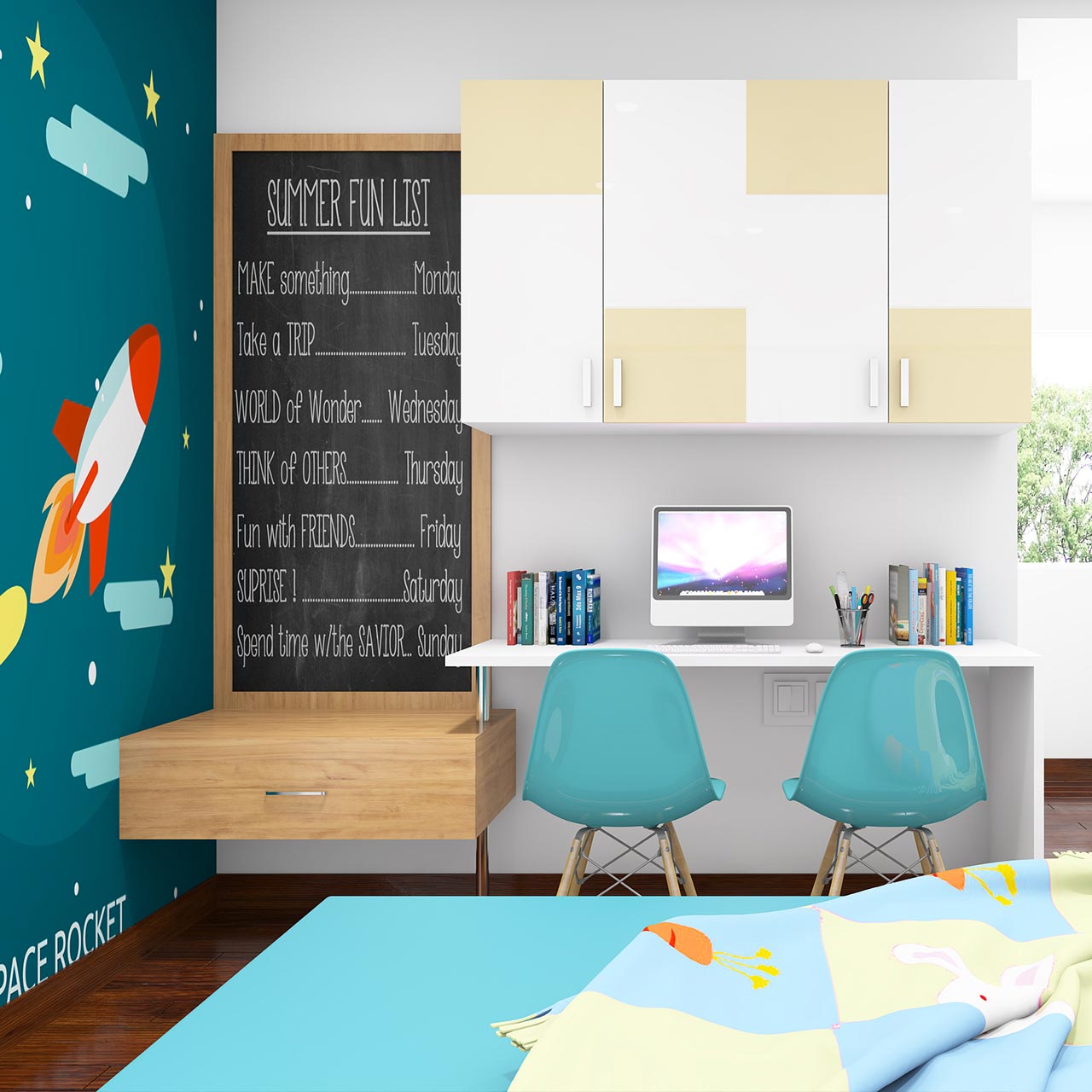
Youngsters are drawn to the wacky. They associate it with night skies, fairies, castles, hidden gardens, and dream journeys. These are easily replicated in a children's bedroom with layered furniture, light and feathery curtains, lace curtains, and small hiding places. They will generate more and play for hours on end the softer and warmer they discover their surroundings.
